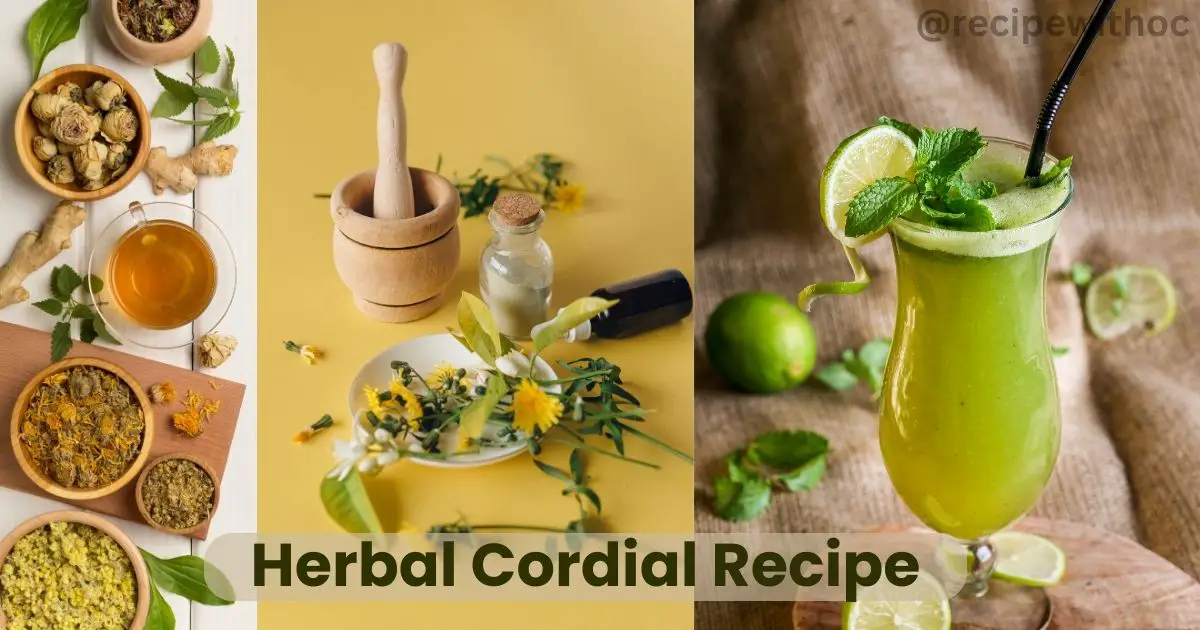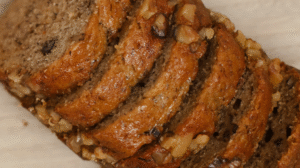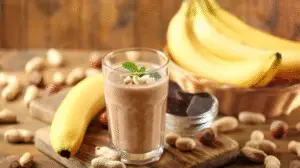Herbal cordials are a delicious and flexible blend of herbs, sweeteners, and alcohol (or alcohol-free alternatives) that have been considered a good-quality herbal cordial recipe for centuries. Traditionally used as medicinal tonics, herbal cordial recipes are now preferred as delicious drinks, cocktail mixers, and even natural remedies. Homemade herbal cordials enable you to choose the flavor, decide the ingredients, and take advantage of the health benefits of different herbs. Whatever you are looking for—relaxation, boosting the immune system, or aiding digestion—this guide will help you choose the right herbs and make your own homemade herbal cordial. In this article, we will teach you how to make herbal cordial recipes.
What You Need to Know About Herbal Cordials
The History of Herbal Cordials Recipe
Herbal cordials have been consumed for centuries, from medieval times when they were employed as medicinal tonics. Monks and herbalists would steep herbs in alcohol and honey to make potions that were thought to cure diseases and increase energy.
Choosing the Right Herbs for Your Cordial
Basic Ingredients for Herbal Cordials
To make a tasty and effective herbal cordial, you will require a few basic ingredients. Here’s what you will need.
1. Herbs
Select herbs according to the taste and health benefits you desire to achieve. Some of the most sought-after herbs are.
- Elderberries—They increase immunity and offer antioxidants.
- Ginger—Supports digestion and inflammation reduction
- Lavender—Induces relaxation and stress relief.
- Peppermint Soothes the digestive system
- Lemon balm soothes the nervous system and improves mood.
- Turmeric—Improves overall well-being with anti-inflammatory effects.
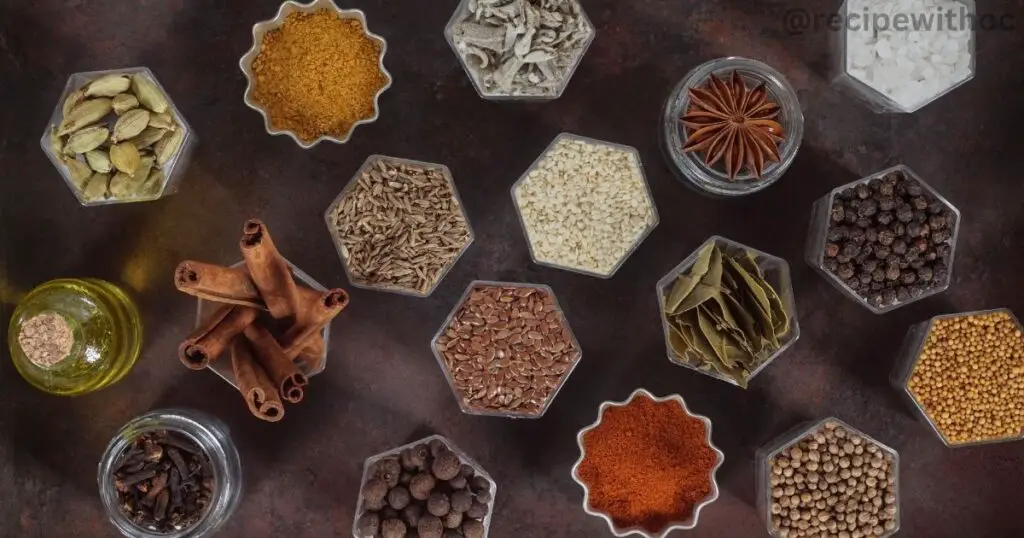
2. Sweeteners
Sweeteners offset the herbal flavors and provide depth to your cordial. Options are.
- Honey—A natural antimicrobial and soothing agent.
- Maple syrup—Gives a light, earthy sweetness.
- Agave nectar—A plant sweetener with a light taste.
- Brown sugar—Contributes a rich, caramelized sweetness.
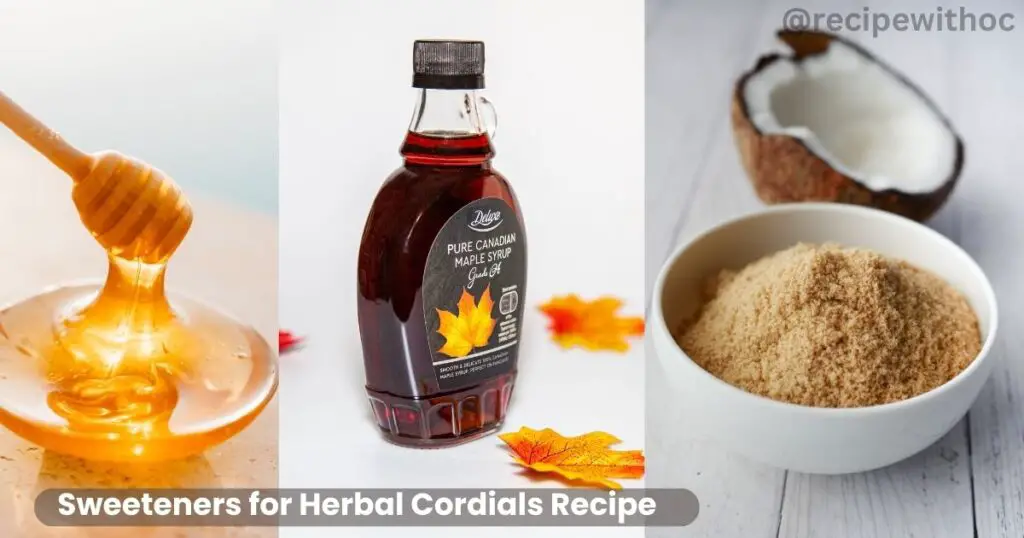
3. Alcohol or Non-Alcoholic Alternatives
The foundation of your herbal cordial may be alcoholic or non-alcoholic, to suit your choice.
- Vodka—A clean spirit that enables herbal flavors to take center stage.
- Brandy—Brandy contributes warmth and richness to the cordial.
- Rum—Brings a touch of sweetness and depth to the base.
- Apple cider vinegar—A non-alcoholic option with digestive properties.

4. Other Ingredients (Optional)
- Citrus zest—adds bright, snappy notes to the flavor.
- Spices (cinnamon, cloves, nutmeg) – Provides warmth and depth to the cordial.
- Vanilla extract—Smooths and enriches the general taste.
Through the use of good-quality ingredients, you can have the assurance that your homemade herbal cordial will be both palatable and good for your health.
Step-by-Step Guide to Making Herbal Cordial
Step 1: Choosing Your Herbs
Choose a fresh or dried herbal cordial recipe depending on your flavor and desired benefits. For a relaxing effect, lavender and chamomile are good choices, while ginger and turmeric give a warming, anti-inflammatory kick. Use high-quality, organic herbs whenever you can to get the best flavor and health benefits.
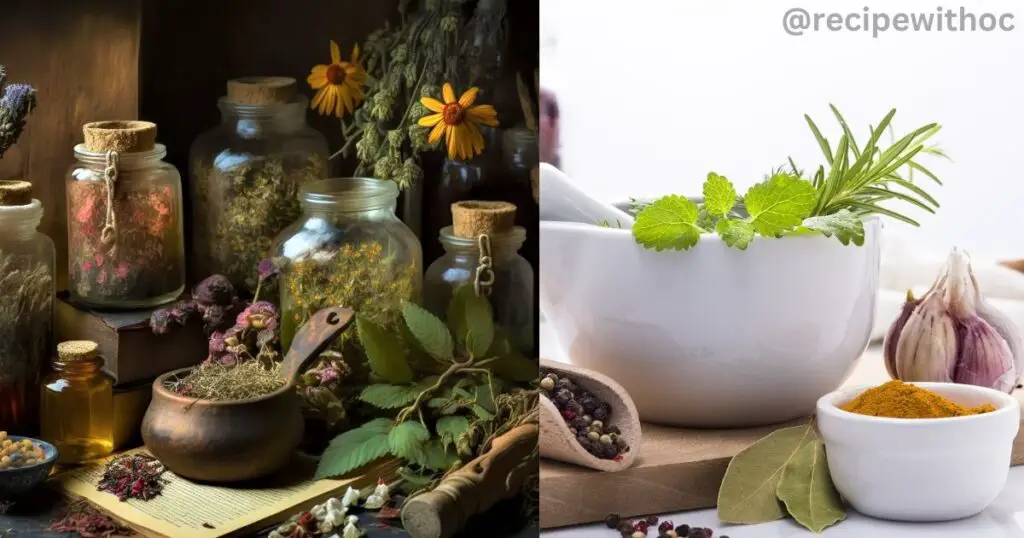
Step 2: Preparing the Infusion
Use a clean glass jar and fill it halfway with your chosen herbs. Cover the herbs with alcohol (like vodka, brandy, or rum) until they are completely covered. For a non-alcoholic version, you can use apple cider vinegar. Close the jar tightly and keep it in a dark, cool area. Shake the jar lightly daily to facilitate the extraction of the active compounds from the herbs. Allow the mixture to steep for a minimum of two weeks, but for an intense flavor, steep it for up to one month.
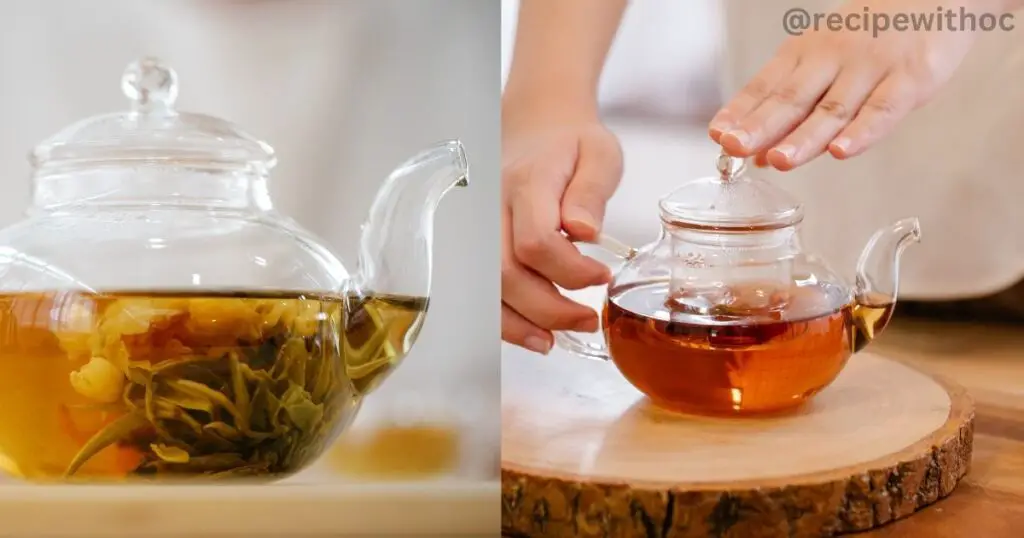
Step 3: Adding Sweeteners
Strain the herbs through a cheesecloth or fine-mesh strainer after the infusion period. You may now add your preferred sweetener. Honey, maple syrup, plain sugar, or agave are all acceptable- whichever you prefer. Stir until the sweetener has dissolved. If you are using honey, heat it first so that it will blend more easily.

Step 4: Straining and Storing
Once the sweetener has been added, pour the cordial into sterilized glass bottles or jars using a funnel to avoid spillage. If you prefer a smoother texture, strain it once more through a coffee filter to eliminate fine particles. Tighten the bottles to keep the flavor and strength of the cordial intact.
Step 5: Bottling and Aging
For optimal flavor, allow the cordial to stand for another few weeks so that the flavors have a chance to mature fully. Let the bottles stand in a dark, cooler place and gently shake them at intervals. In time, the taste of the cordial will mellow out and become richer, and it will taste all the sweeter.
Step 6: Enjoying Your Herbal Cordial
Your very own herbal cordial recipe is now ready to drink! Enjoy it as a digestif by drinking a small spoonful after meals, mixing it into mocktails and cocktails, or just drizzling it over puddings and other sweets. Herbal cordials are wonderful comfort remedies during cold flu season when utilizing immune-enhancing herbs like elderberry and echinacea.
Benefits of Herbal Cordials
Boosting Immune Health
Numerous herbal cordials use ingredients such as elderberry, echinacea, and ginger, which have immune-boosting properties.
Aiding Digestion
Herbs such as fennel, peppermint, and ginger assist in supporting digestion, alleviating bloating, and soothing stomach discomfort.
Promoting Relaxation and Stress Relief
Lavender, lemon balm, and chamomile cordials are ideal for soothing the mind and lessening stress.
Providing Natural Antioxidants
Numerous herbs have antioxidants that assist in protecting the body from free radicals and promoting general well-being.
Aiding Overall Health
Having herbal cordials can be a wonderful way to add more herbal advantages to your everyday life and experience the pleasure of drinking something delicious.
Conclusion
Making your herbal cordial recipe is a rewarding and enjoyable experience. Not only are you in charge of the quality of ingredients, but you also make a delicious elixir tailored to your taste and health needs. Whether you are looking for a calming drink, a digestive tonic, or an immune system enhancer, a homemade herbal cordial recipe allows you to make something truly special. In addition, with correct storage, your cordial will last for months to be enjoyed as delicious sips of herbal goodness throughout the day. Experiment with it and witness the magic of nature’s best ingredients.
See this also— mocktail recipes, 10 Dirty Soda Recipes
FAQs
1. For how long do herbal cordials last?
They will last a year if stored in a cool, dark environment.
2. Can I produce a sugar-free version?
Absolutely! Try stevia, monk fruit, or skipping sweeteners altogether.
3. Are herbal cordials suitable for children?
Non-alcoholic versions made with honey or apple cider vinegar are fine for children.
4. What is the distinction between cordial and herbal syrup?
Cordials tend to be infused with alcohol, whereas syrups are water-based and sweeter.
5. Can I use dried herbs instead of fresh?
Yes, certainly! Use roughly half the quantity of dried herbs as fresh.
